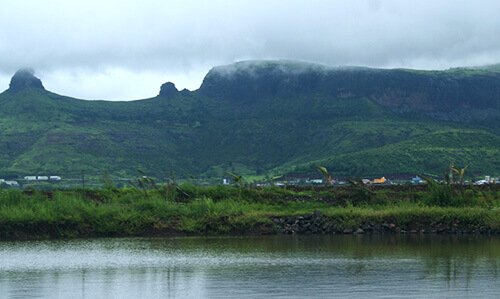It helps to strengthen the legs in prone position, as the legs& toes are stretched desirably. This pose strengthens the muscles on the lower back, with the pressure that one get from lifting the legs off the ground and maintaining it. The muscles on the lower abdomen are stretched when the legs are lifted off, and thus toning them. The pressure felt on the abdomen while holding the asana increases the efficiency of the digestive organs, excretion system and the reproductive system.


Weak lower back muscles.
In prone position, bend both arms and interlace the fingers at the back of the neck. The chin is resting on the ground. Exhale, while inhaling slowly lift both legs from the ground keeping the legs together and straight. Breathe normally in the asana.
Inhale and while exhaling, with slow and controlled movement, bring the legs to the ground. Release the hands from the back of the neck and place the arms by your sides, returning to prone position. Relax.
Lumbar region of the spinal column. Lower abdomen.
Focus on lower back, buttocks
Remember to breathe normally while in the pose, as there would be a tendency to stop doing so.
Tense up the whole body while lifting the legs off the ground and maintaining it. The body should be soft and efforts to be made on relaxing the body.
People who have any spinal column ailments, especially on the lower vertebrae should not attempt this pose. Those with hernia, intestinal ulcers and other diseases of the small and large intestine should practice this pose under expert guidance and advice. Beginners should work slowly on improving the strength of the lower back muscles, before lifting the legs up or increasing the duration to hold this pose. This would help in minimizing the strain of the breath. Benefits of this pose are greatly minimized if the individual capacity is exceeded. One should practice minimum lifting and increased duration, instead of maximum lifting of the legs and maintaining the posture for a shorter time. The ideal pose should be achieved under these guidelines.
For a start, focus should be on maintaining a slow and rhythmic breathing. This could be achieved when the pose is steady and comfortable. People often lift the legs up too high, and end up straining the body and breath. As in Niralamba Bhunjungasana (lengthening the torso to the front), think of lengthening the legs to the back of the room. Stretch the entire length of the legs, but do not tense up while doing so. Practice patience and humility in the pose. Move into the posture in a slow, controlled& systematically way, so as to keep the awareness and ideal position in mind at all times.
Ardha Shalabhasana. Shalabhasana
Makarasana. Vajarasana Type 1 with arms relaxed by the side of the legs a.k.a Child Pose. Shavasana
Prone.
| COURSE | Venue |
Phone - +91-9822770727
E-mail - yoga@yogapoint.com or yogapoint108@gmail.com

Yoga Vidya Dham, Kaivalya Nagari,
College Road, Nashik - 422005.
Maharashtra, India.
Phone - +91-9822770727 (for courses in ENGLISH)
+91-253-2318090 (For courses, in HINDI or MARATHI)
(Please call during 9.00 AM to 5 PM Indian Time)
E-mail - yoga@yogapoint.co or yogapoint108@gmail.com
Village Talwade, Trimbak, Nasik
Maharashtra,India.
Phone - +91-9822770727
E-mail - yoga@yogapoint.com or yogapoint108@gmail.com
